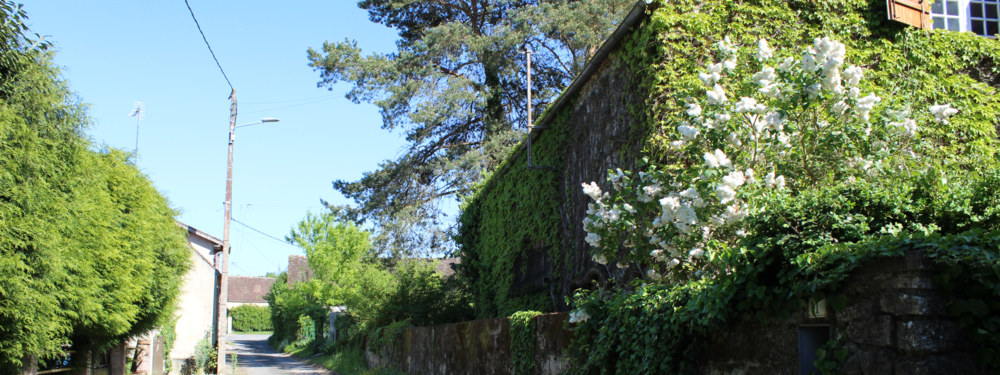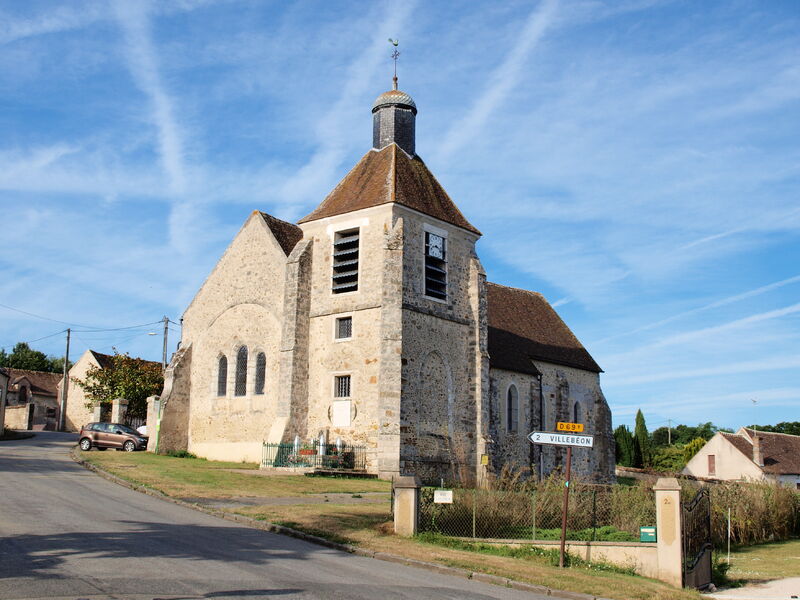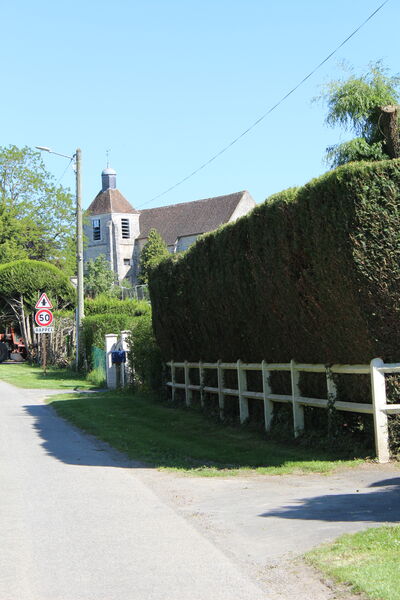Vaux-sur-Lunain
Vaux-sur-Lunain
Vaux-sur-Lunain
This village lies on the side of a hill surrounded by woods.
Here, the Lunain flows through the village before disappearing and only reappearing in Lorrez-le-Bocage. Until the Revolution, the village depended on the abbey of Villechasson.
The church dedicated to Saint-Gengoult was certainly rebuilt in the 17th century on the ruins of a larger church. However, its bulbous bell tower has an unusual architecture for the region. Amongst other things, there is a 19th century plasterwork depicting Saint-Martin on horseback.
The Saint-Gengoult fountain dates from 1618. It is reputed to be miraculous in curing lymphatic congestion and sight problems.
The Roman atrium-shaped washhouse, built in 1884, is fed by a rosary pump.
The Richoux well dates from the 17th century and is 34 metres deep.
In the hamlet of Villeniard, there is the castle which was originally an imposing hunting lodge. In 1860, it became the property of Count Paul de Ségur and his wife Amélie Greffuhle, who already owned the castle of Lorrez-le-Bocage. Some of Amélie Greffuhle's paintings are still in the castle, recognisable by a small ladybird drawn near her signature. Today, the place has become a retirement home.
Translated with www.DeepL.com/Translator (free version)
The church dedicated to Saint-Gengoult was certainly rebuilt in the 17th century on the ruins of a larger church. However, its bulbous bell tower has an unusual architecture for the region. Amongst other things, there is a 19th century plasterwork depicting Saint-Martin on horseback.
The Saint-Gengoult fountain dates from 1618. It is reputed to be miraculous in curing lymphatic congestion and sight problems.
The Roman atrium-shaped washhouse, built in 1884, is fed by a rosary pump.
The Richoux well dates from the 17th century and is 34 metres deep.
In the hamlet of Villeniard, there is the castle which was originally an imposing hunting lodge. In 1860, it became the property of Count Paul de Ségur and his wife Amélie Greffuhle, who already owned the castle of Lorrez-le-Bocage. Some of Amélie Greffuhle's paintings are still in the castle, recognisable by a small ladybird drawn near her signature. Today, the place has become a retirement home.
Translated with www.DeepL.com/Translator (free version)
- French
Opening times
All year round, daily.
Prices
Prices
Free access.



